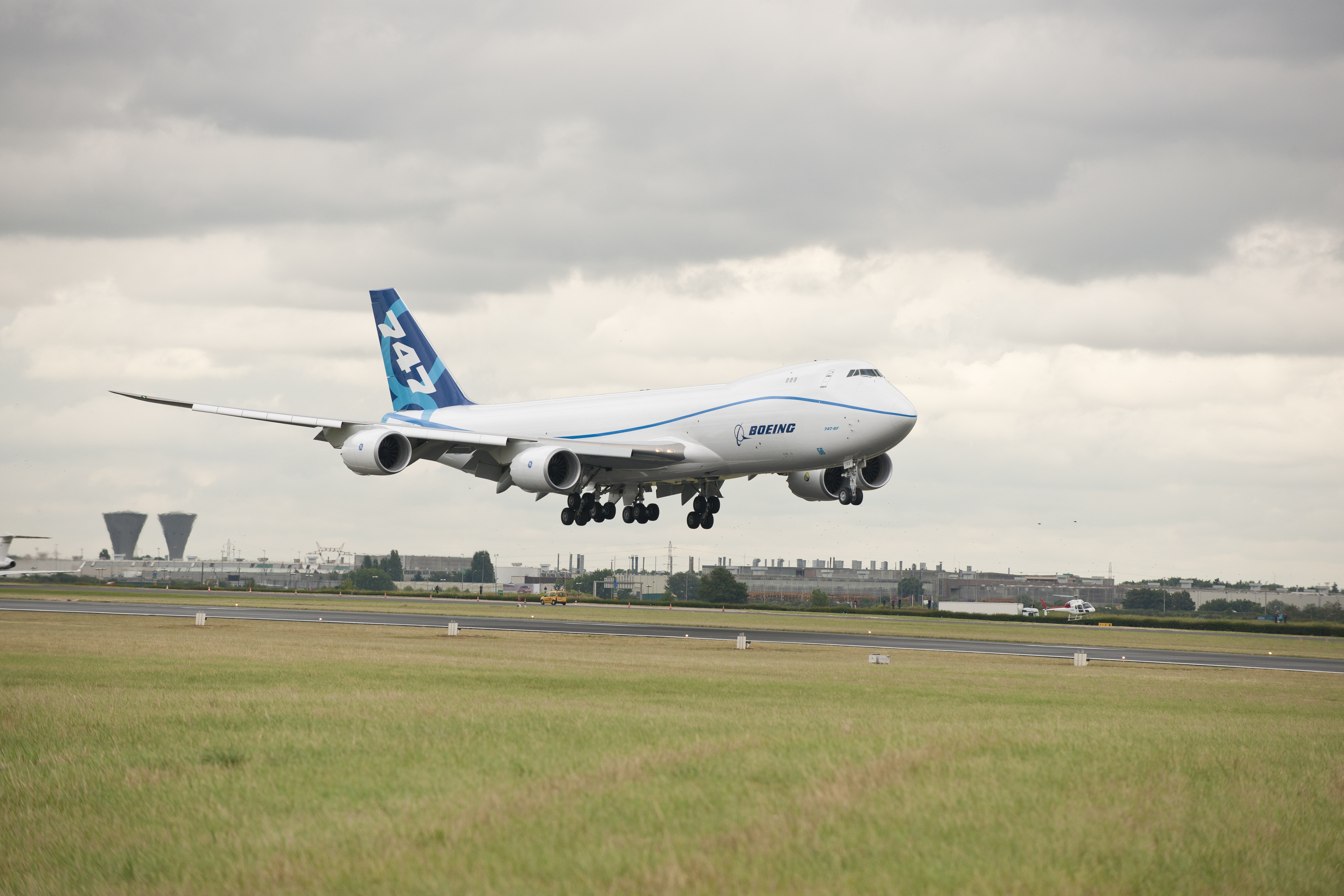
Boeing took an order for 20 freighter versions of the plane (747-F) at the recent Paris Air Show, but that order has not been confirmed, and delivery totals and schedule remain unclear. Boeing continues to believe that it can build a market for the 747-F, and incoming president Dennis Muilenburg said last month that a production rate of one per month for the plane is still profitable for the company.
Profitable, maybe, but short-lived nonetheless, it appears. The latest 747 passenger jet competes against the Airbus A380 for a small part of the global commercial fleet. The A380 can carry as many as 555 passengers, nearly 90 more than the 747-8. Dual-engine planes like Boeing’s 787 and the Airbus A350 are more economical on many of the routes that the 747 was originally designed to fly, and the A380 is more economical than the 747 on the longest routes.
ALSO READ: Will Boeing Be Able to Replace an Icon?
Even as a freighter, the 747 faces a steep climb. Since reaching a peak available freight load factor of more than 50% in 2010, the number has dropped to around 45% this year, according to the International Air Transport Association’s (IATA) latest data. As more dual-engine passenger jets are added to commercial fleets, airlines have begun to carry more freight on passenger flights, further reducing demand for dedicated freight aircraft.
In its most recent 20-year world air cargo forecast, Boeing saw demand rising from a global fleet of 1,690 freighters in 2013 to 2,730 freighters in 2033. In terms of deliveries, 590 of 2,170 freighters to be delivered to customers over the period were large production planes, a category that includes the 747. Over 20 years that averages out to 29.5 planes annually, which strikes us as optimistic.
A report in The Wall Street Journal also noted that 747 buyers are some of the largest customers of the U.S. Export-Import Bank, which very likely will close its doors at the end of June. The shutdown may only last a month because legislation re-authorizing the Ex-Im bank is likely to be attached to the “must-pass” federal highway bill.
ALSO READ: Analyst Remains Bullish on Boeing After Paris Air Show
Take Charge of Your Retirement In Just A Few Minutes (Sponsor)
Retirement planning doesn’t have to feel overwhelming. The key is finding expert guidance—and SmartAsset’s simple quiz makes it easier than ever for you to connect with a vetted financial advisor.
Here’s how it works:
- Answer a Few Simple Questions. Tell us a bit about your goals and preferences—it only takes a few minutes!
- Get Matched with Vetted Advisors Our smart tool matches you with up to three pre-screened, vetted advisors who serve your area and are held to a fiduciary standard to act in your best interests. Click here to begin
- Choose Your Fit Review their profiles, schedule an introductory call (or meet in person), and select the advisor who feel is right for you.
Why wait? Start building the retirement you’ve always dreamed of. Click here to get started today!
Thank you for reading! Have some feedback for us?
Contact the 24/7 Wall St. editorial team.
